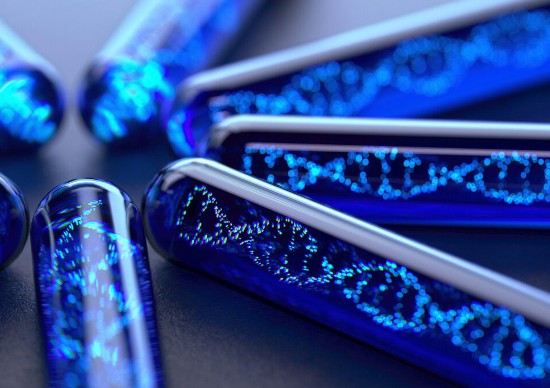Researchers at the University of Southern California (USC) Dornsife have invented CReATiNG (Cloning Reprogramming and Assembling Tiled Natural Genomic DNA), a method to construct synthetic chromosomes. This provides an alternative to the much-discussed CRISPR tools that use genetic engineering to remove and replace defective genes and provide therapies for intractable diseases like sickle cell anemia.
For medicine, agriculture, biofuels, pharmacology and even space science and exploration, CReATiNG is a monumental change maker. In a USC Dornsife news release that describes this new process of synthetically assembling DNA from natural components in yeast, Ian Ehrenreich, lead researcher and professor of biological sciences, states, “With CReATiNG, we can genetically reprogram organisms in complex ways previously deemed impossible, even with new tools like CRISPR. This opens up a world of possibilities in synthetic biology, enhancing our fundamental understanding of life and paving the way for groundbreaking applications.”
Synthetic genomics is a new field of study. It involves working with whole chromosomes and even entire genomes of organisms. It doesn’t chemically synthesize pieces of DNA, but instead, uses natural pieces from yeast as parts in an assembly to create whole chromosomes. The method is described by its creators as being cost-effective, lowering the barrier to developing new uses for the advancement of biotechnology and medicine. CReATiNG can lead to new cell therapies for treating cancer. It can through specifically-engineered bacteria improve the remediation of toxins and pollutants left over from the production of synthetic fuels, different industrial processes and mining.
CReATiNG may help us to slow down ageing extending the human life span. It may allow us to change our genome to make us more adaptable to living in space, or on the Moon or Mars. It can be used to engineer microorganisms and plants suitable for growing on space stations and for long-duration missions in space. It can help us synthesize the plants that will support human colonies on the Moon and Mars.
In experiments conducted at USC Dornsife, CReATiNG has been used to synthetically recombine chromosomes between different strains in species, and even different species, to modify chromosome structure, and to delete many linked, non-adjacent regions amounting to 39% of the entire body. It illustrates that CReATiNG can help to recover from flaws in chromosome design between synthetic and native versions.
It appears that this new tool could have a dramatic impact on biological sciences. The research results have been published today, December 20, 2023, in Nature Communications in an article entitled, Building synthetic chromosomes from natural DNA.
















